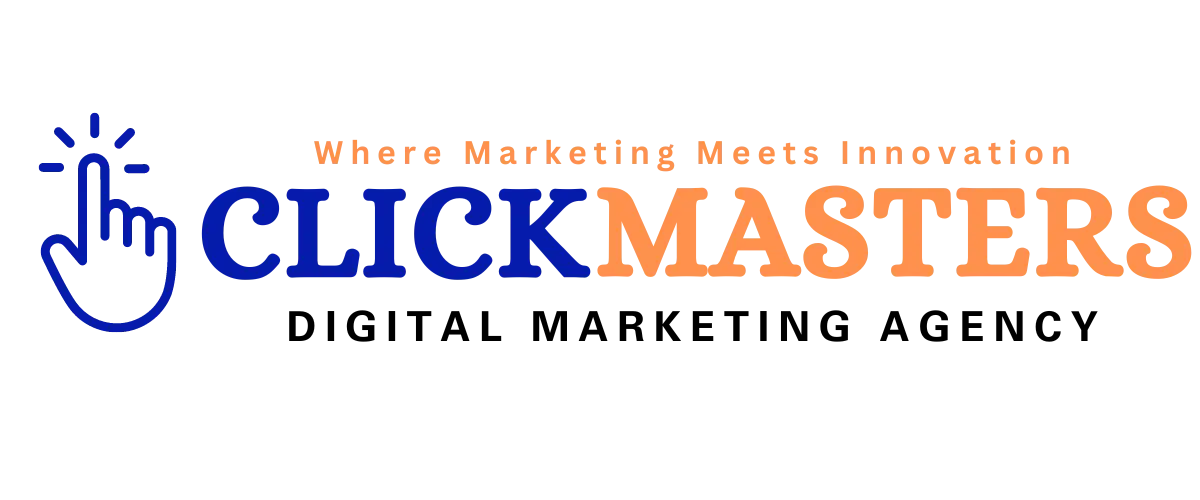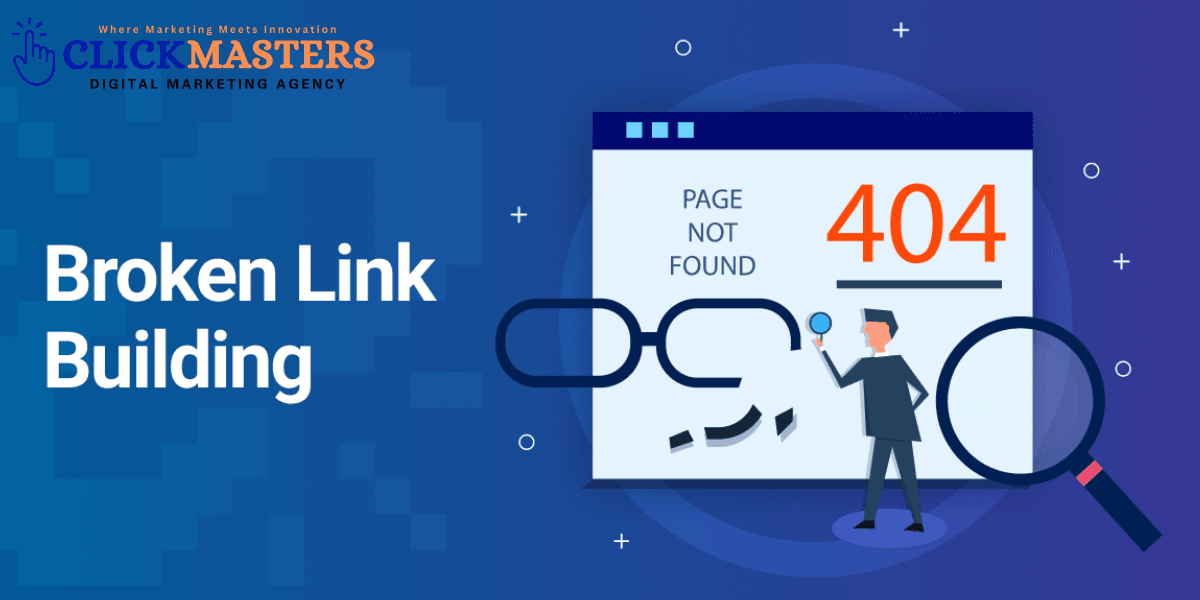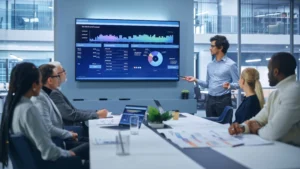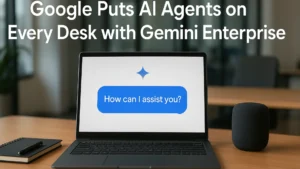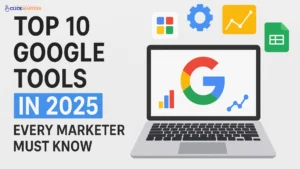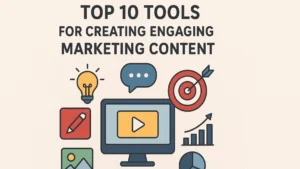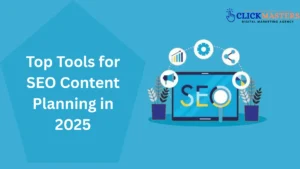Broken link building for off-page SEO is a powerful technique that can significantly enhance your website’s authority, drive traffic, and help you earn high-quality backlinks by identifying and fixing broken links on other websites. This strategy is critical for improving your website’s link profile, which is one of the most important ranking factors for Google. In this article, we will explore how broken link building for off-page SEO contributes to improving your site’s rankings and why it’s an essential tactic.
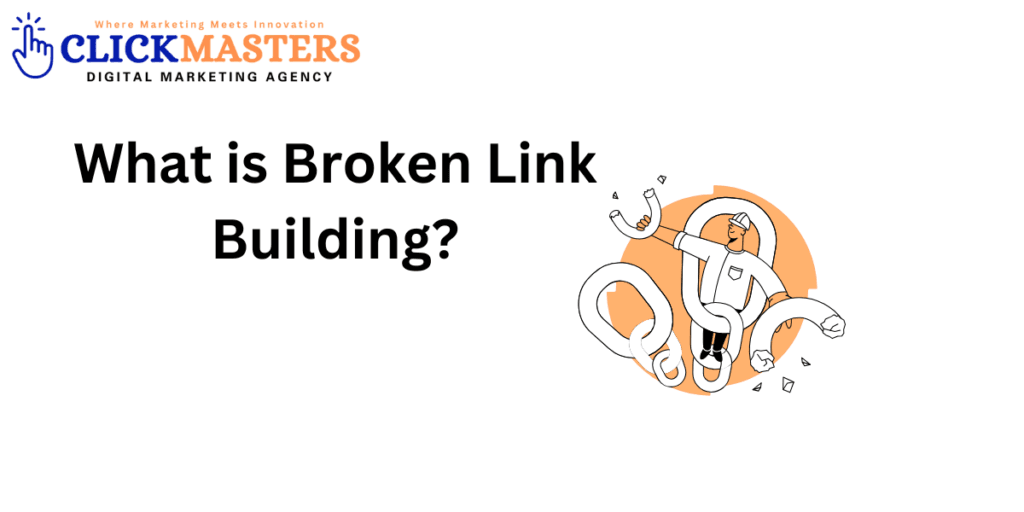
What is Broken Link Building?
Broken link building is a process where you find links on websites that no longer work (i.e., they lead to 404 error pages) and offer your relevant, high-quality content as a substitute. By replacing a broken link with a functional one pointing to your content, you help the website owner fix their site while gaining a backlink to improve your SEO.
How Does Broken Link Building Contribute to Off-Page SEO?
Quality Backlinks: One of the most significant benefits of broken link building is acquiring high-quality backlinks. Backlinks are a major ranking factor for Google, and getting links from authoritative websites in your niche can significantly improve your website’s domain authority and search rankings.
Improved User Experience: Broken links provide a poor user experience, and webmasters often aim to eliminate them. By offering a replacement link that works, you are helping to enhance the user experience on their site. Google values user satisfaction, so offering useful content in place of broken links indirectly helps your SEO efforts.
Increased Referral Traffic: When your link replaces a broken one, visitors who click on the link will be directed to your website, driving referral traffic. This can lead to more potential customers or users discovering your content and services.
Natural Link Acquisition: Google values natural backlinks, and broken link building can often lead to backlinks that appear more organic. Since you’re not directly asking for a link but rather offering a solution to a problem, these links are often seen as more genuine.
Link Relevancy: Finding broken links within your industry or niche is key. The more relevant the broken link is to your content, the higher the chance that your backlink will positively impact your SEO. Google values context and relevance when evaluating backlinks.
Building Relationships: Broken link building can also help you build relationships with other webmasters or influencers in your industry. By reaching out and offering to fix their broken links, you start a conversation that could lead to further collaborations, guest posting opportunities, and more backlinks in the future.
How to Implement Broken Link Building for Off-Page SEO?
Find Broken Links: Use tools like Ahrefs, SEMrush, or Google Search Console to identify websites in your niche with broken links. These tools can help you search for pages with dead links that you can target.
Create Relevant Content: Make sure you have high-quality content ready that can replace the broken link. The content should be valuable, informative, and relevant to the topic of the broken link.
Reach Out to Webmasters: Once you’ve identified broken links and created the necessary content, contact the website owner or webmaster. Politely inform them of the broken link and suggest your content as a useful replacement. Provide the URL and explain why it is relevant.
Follow-Up: If you don’t hear back after your initial outreach, a polite follow-up can be effective. Many webmasters may appreciate the heads-up and act on your suggestion, especially if your content is genuinely helpful.
Conclusion
Incorporating broken link building into your off-page SEO strategy is an effective way to improve your site’s backlink profile, drive traffic, and build relationships within your niche. By identifying broken links and offering your high-quality content as a replacement, you can help improve the user experience while also gaining valuable SEO benefits that can boost your site’s visibility on search engines like Google.
FAQ’s
What are the benefits of broken link building?
Broken link building helps improve your website’s SEO by acquiring high-quality backlinks from authoritative sites. It also enhances user experience by fixing broken links on other websites. This strategy increases referral traffic when users click on your replaced links. It helps you build relationships with other site owners. Lastly, it promotes content relevancy by ensuring your links are highly related to the broken ones.
What happens if a link is broken?
When a link is broken, users are directed to a “404 Error” page, which can frustrate visitors. This negatively impacts user experience and can decrease website traffic. Search engines like Google may lower the site’s ranking if broken links are frequent. Broken links can also damage a website’s credibility and trustworthiness. Fixing broken links ensures smooth navigation and better SEO performance.
What are the effects of broken links?
Broken links can harm your website’s SEO by lowering its rankings on search engines. They create a poor user experience, leading to frustration and higher bounce rates. Broken links can reduce the credibility of your website, affecting trust with visitors. They may also prevent search engine bots from properly indexing your content. Fixing broken links is essential for maintaining a healthy website and improving overall site performance.
